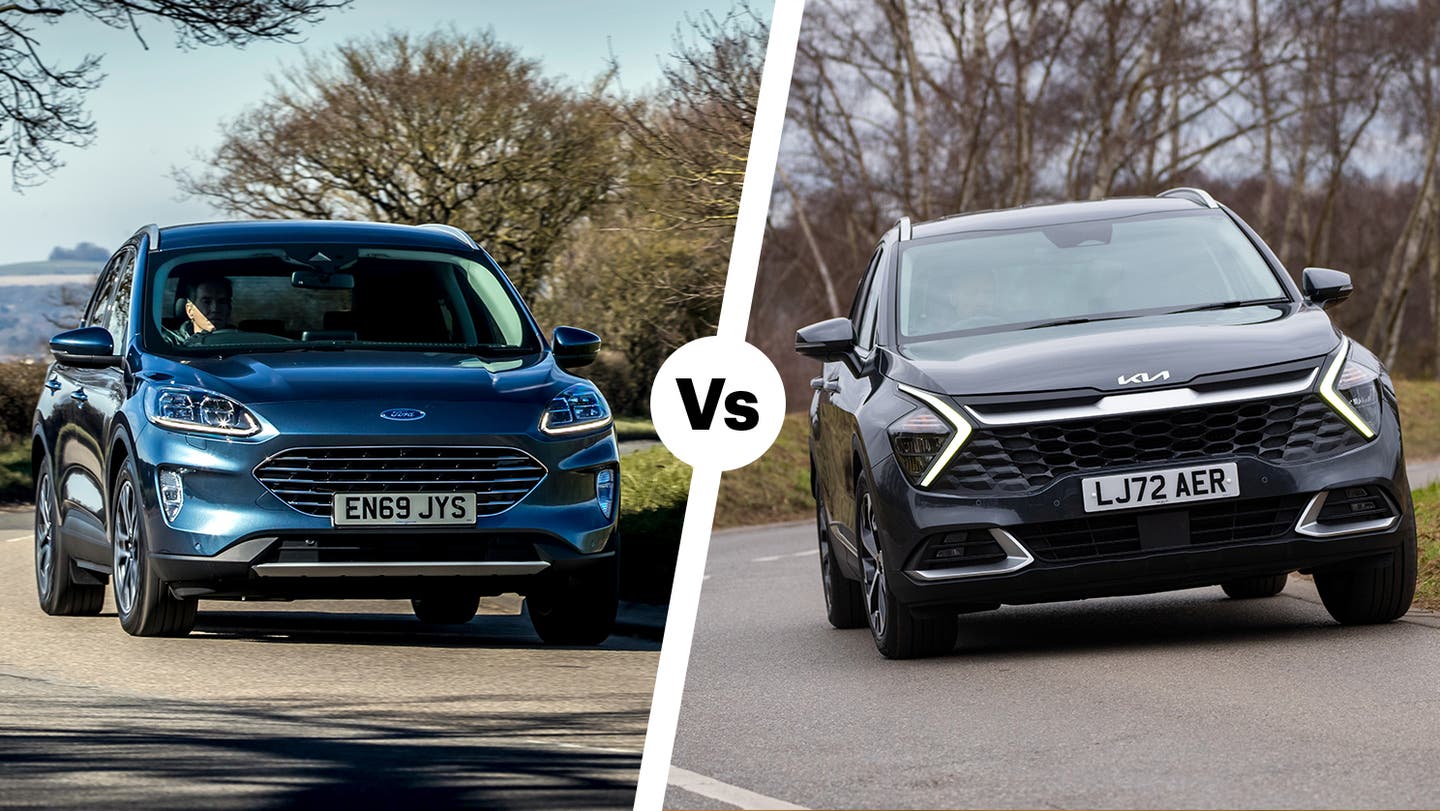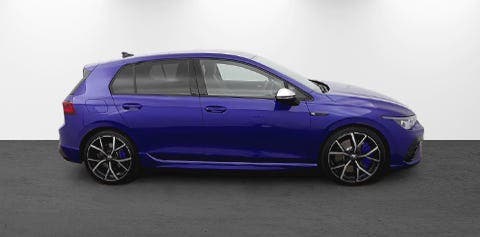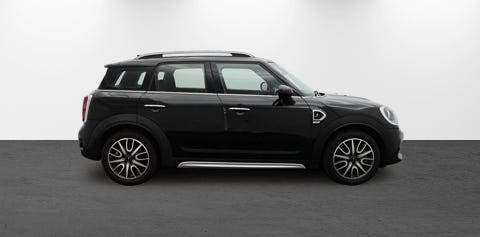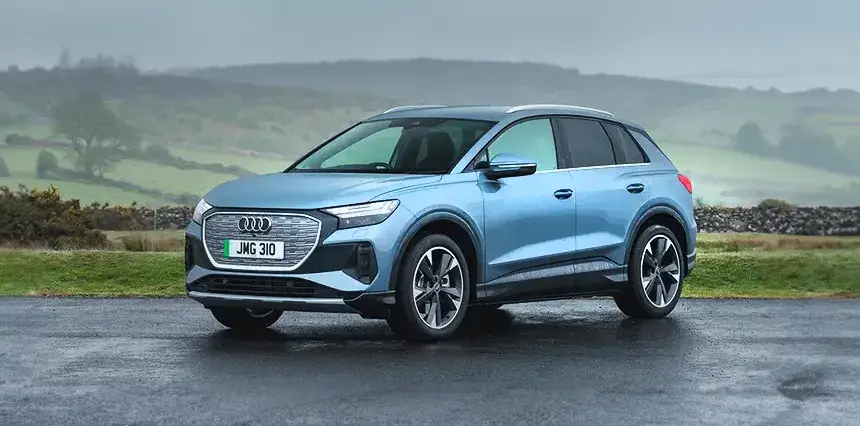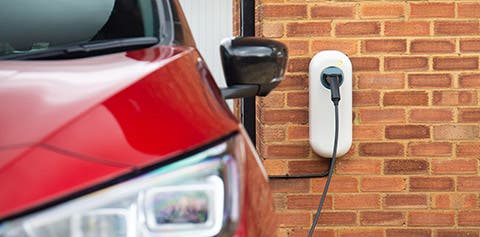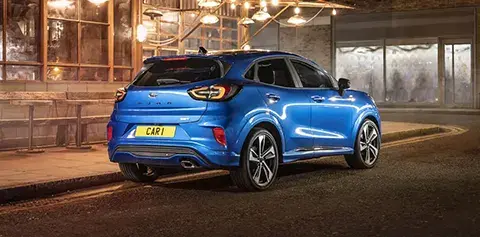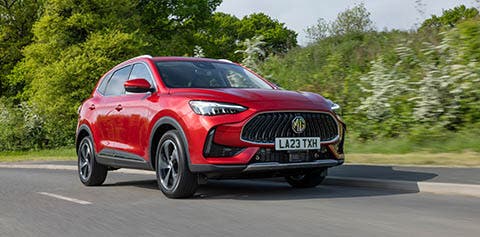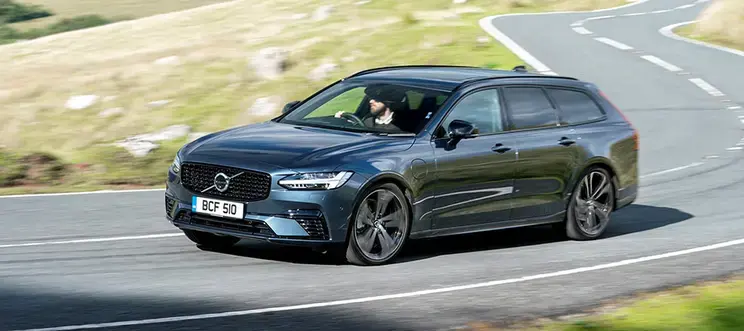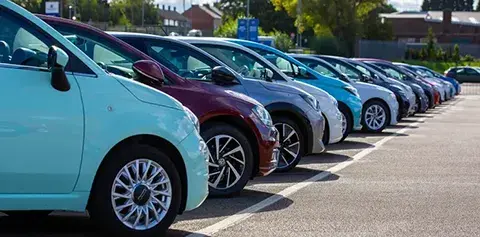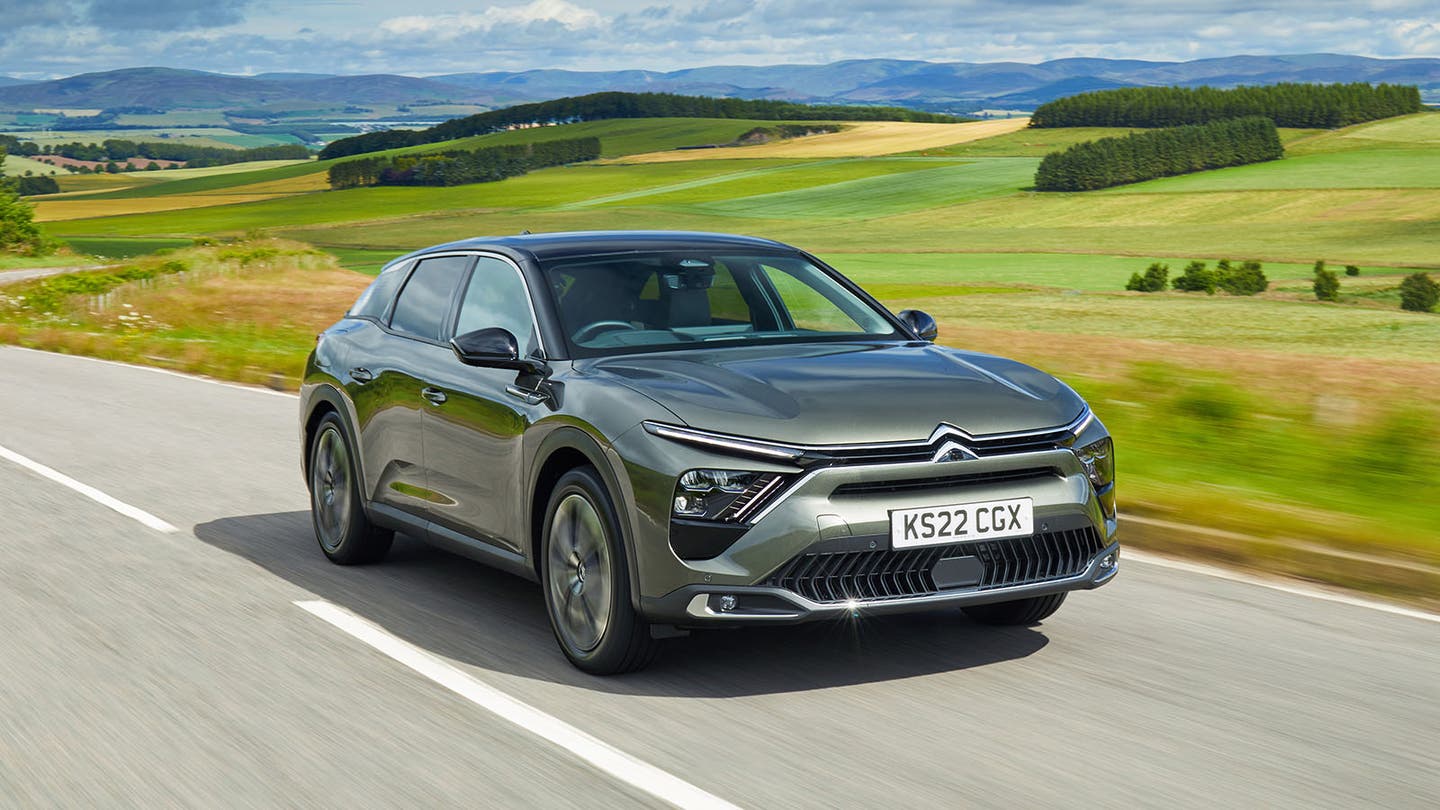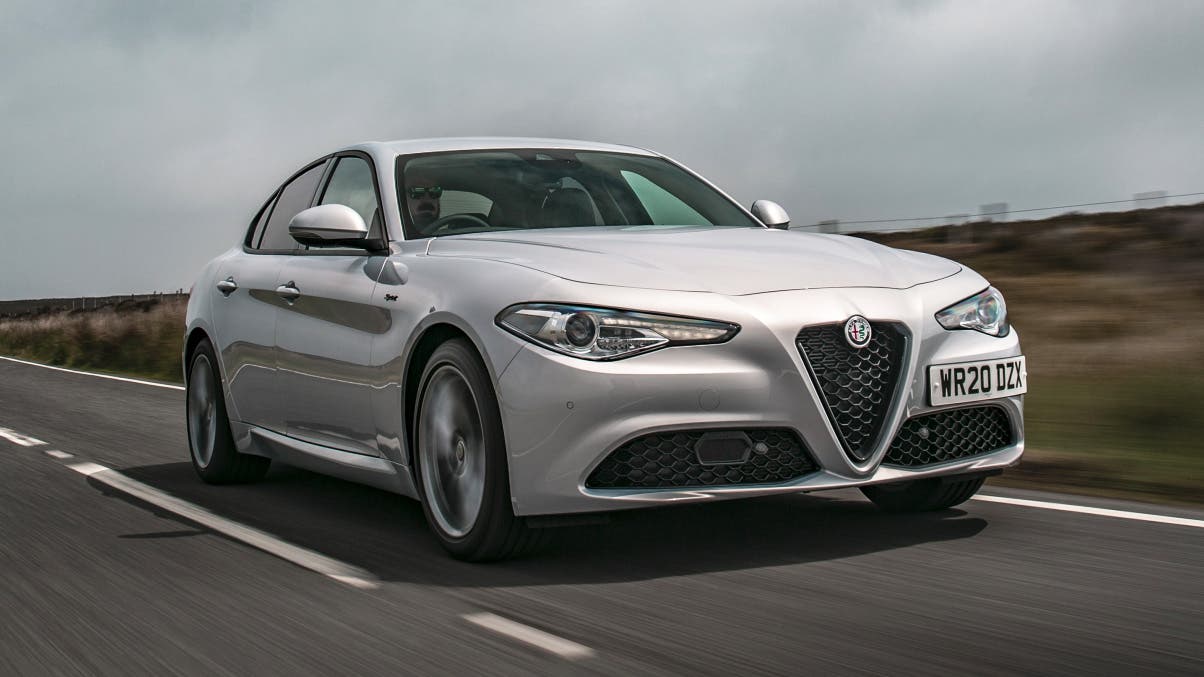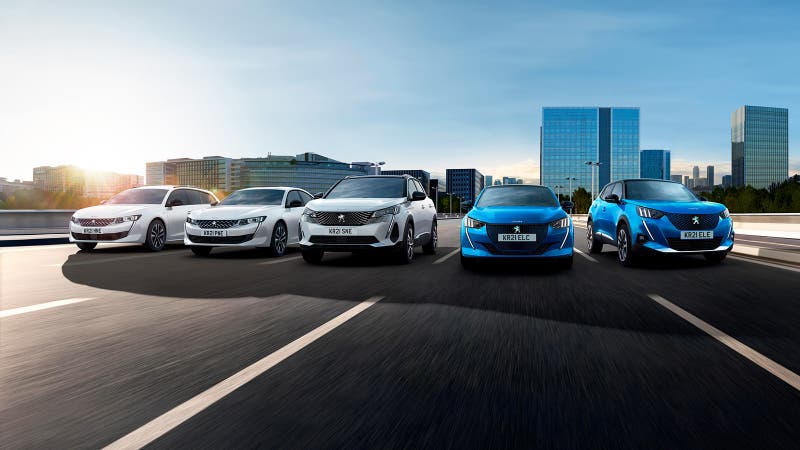
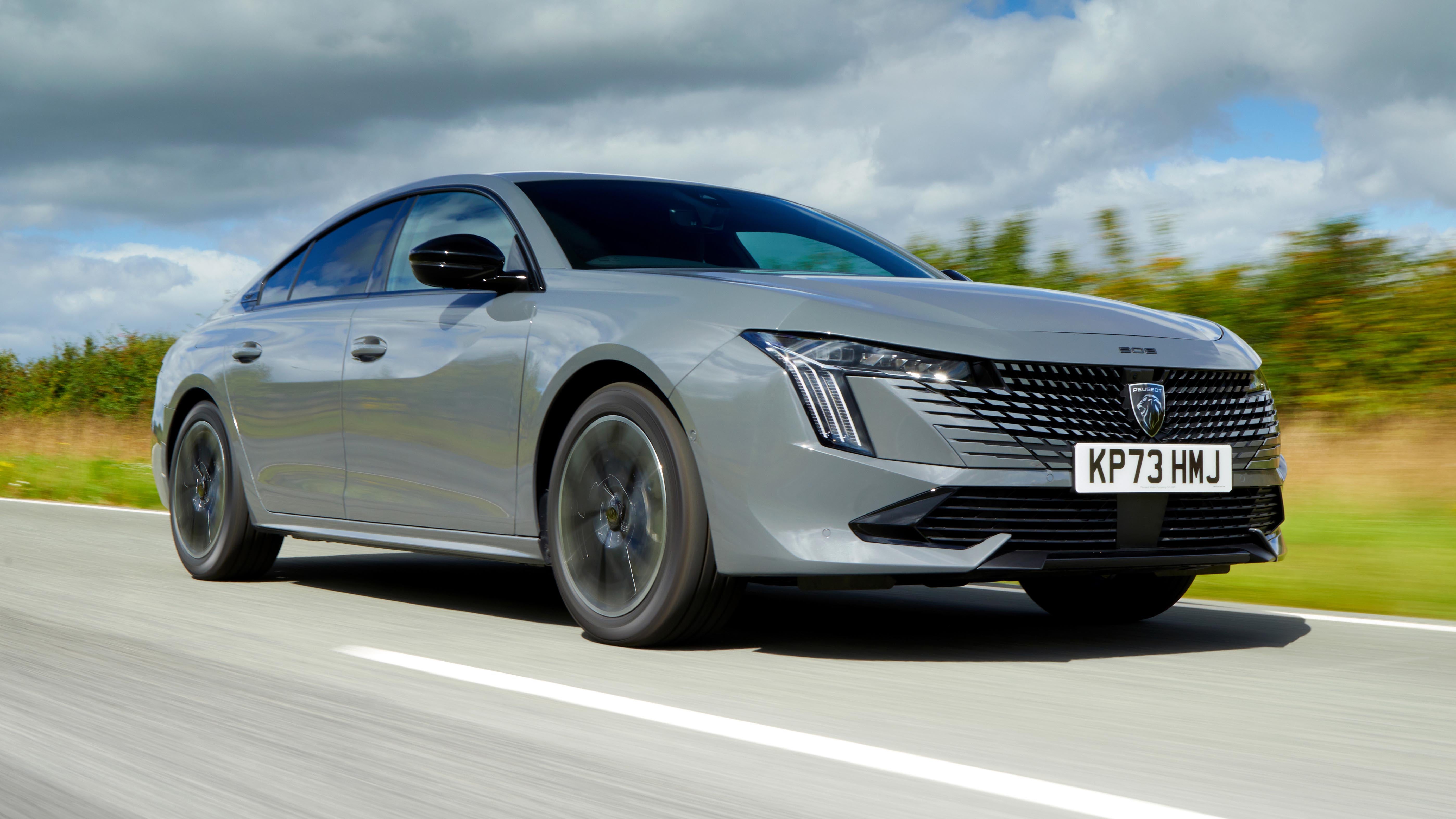

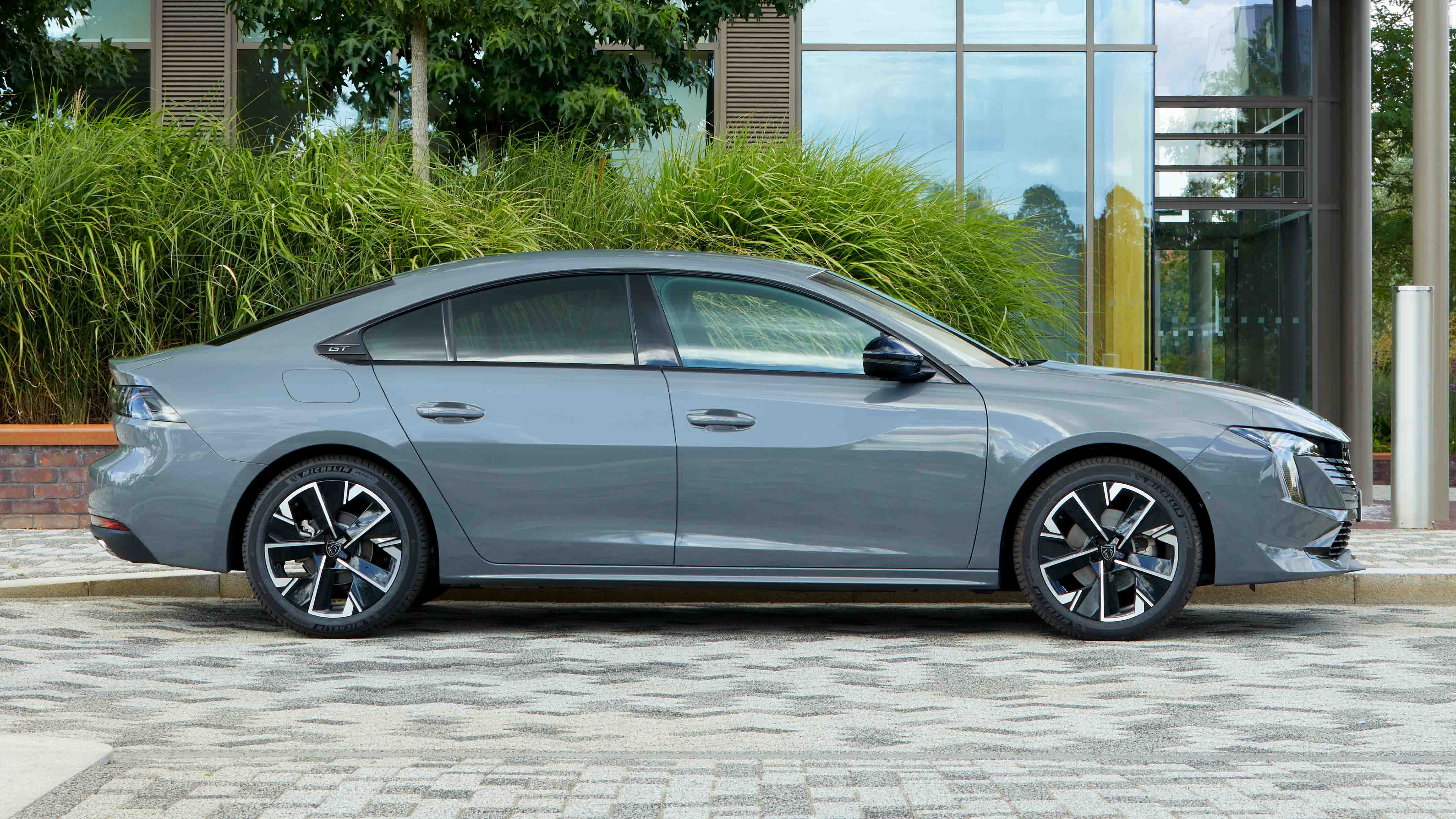
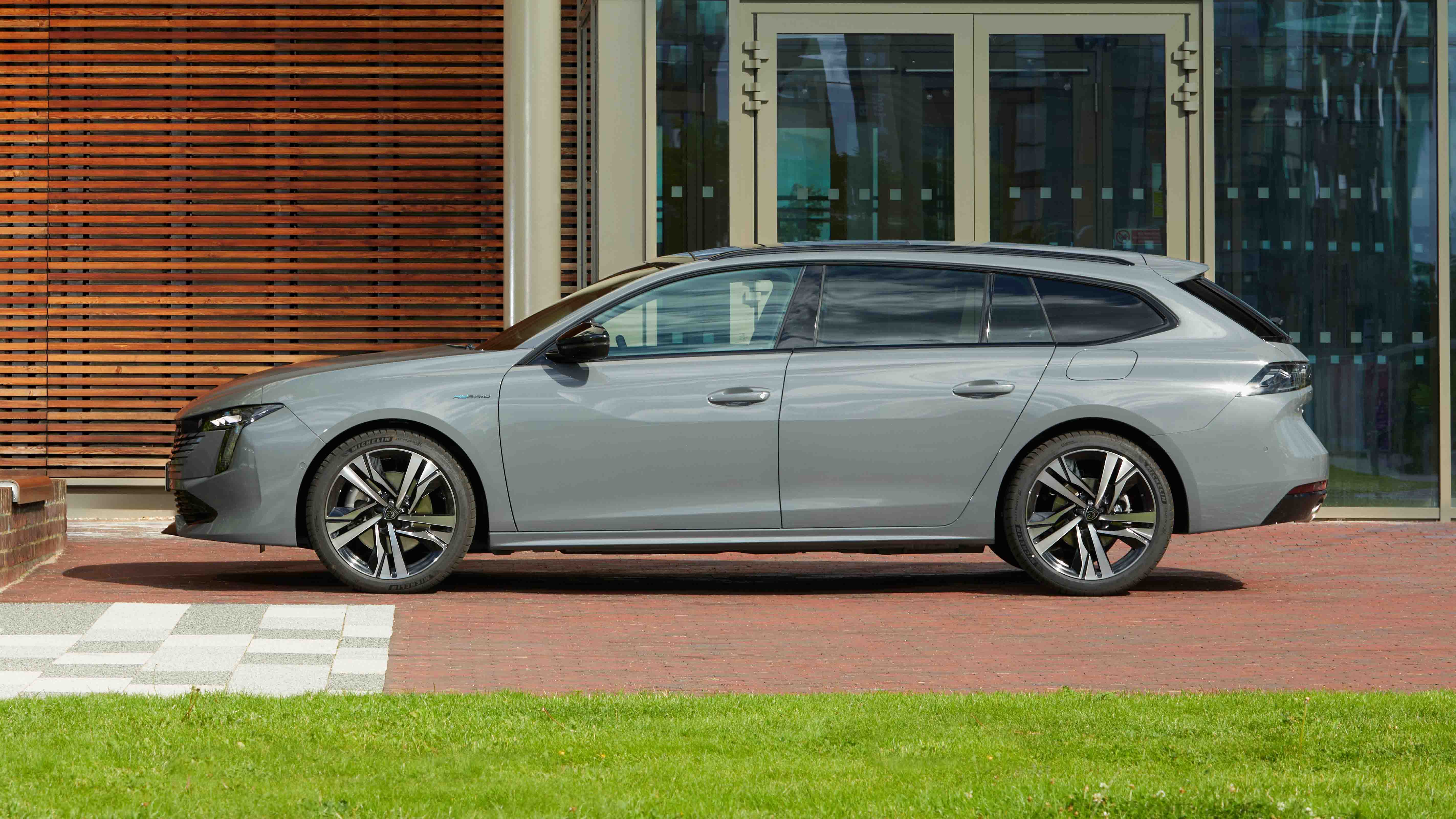
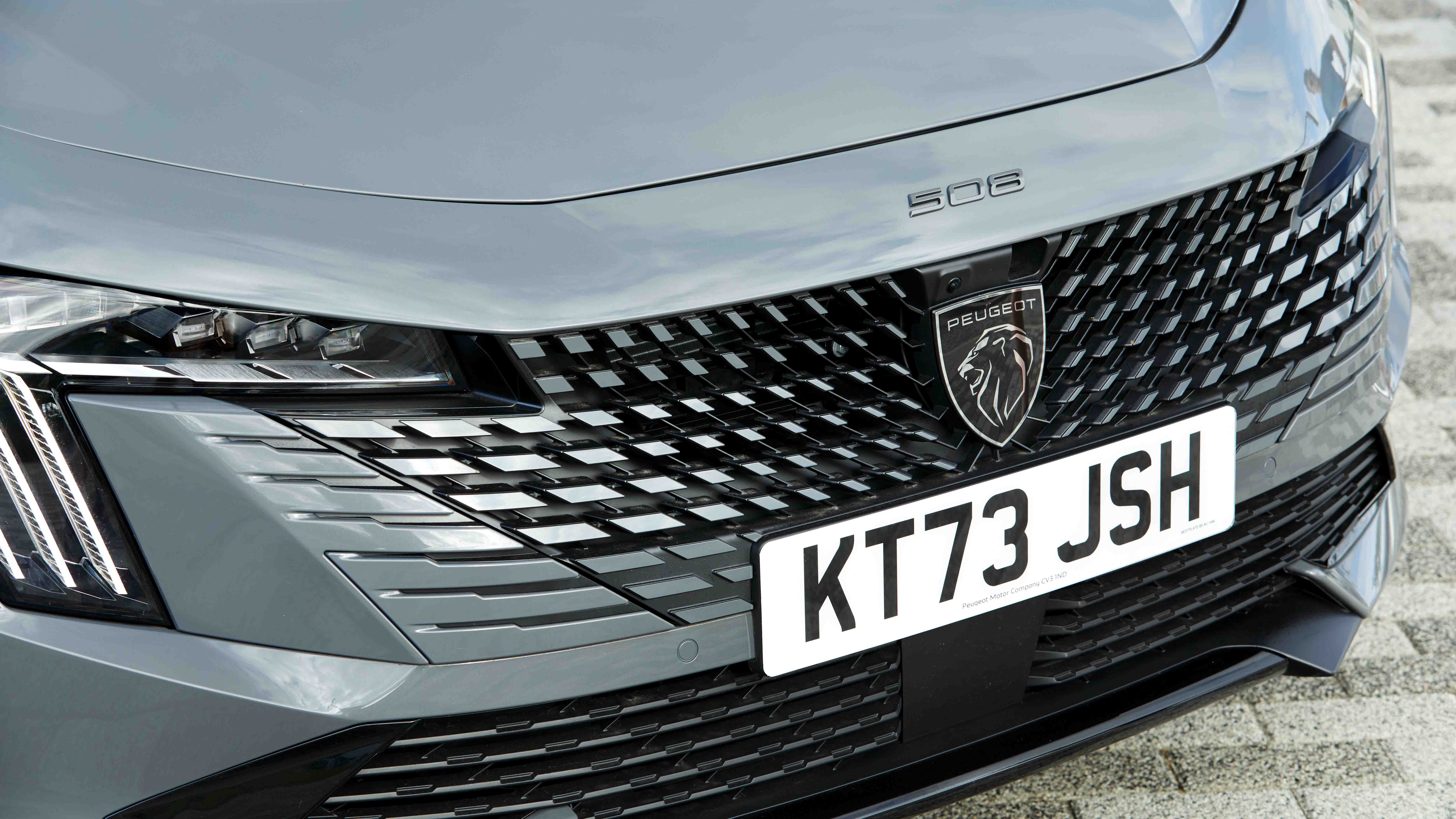
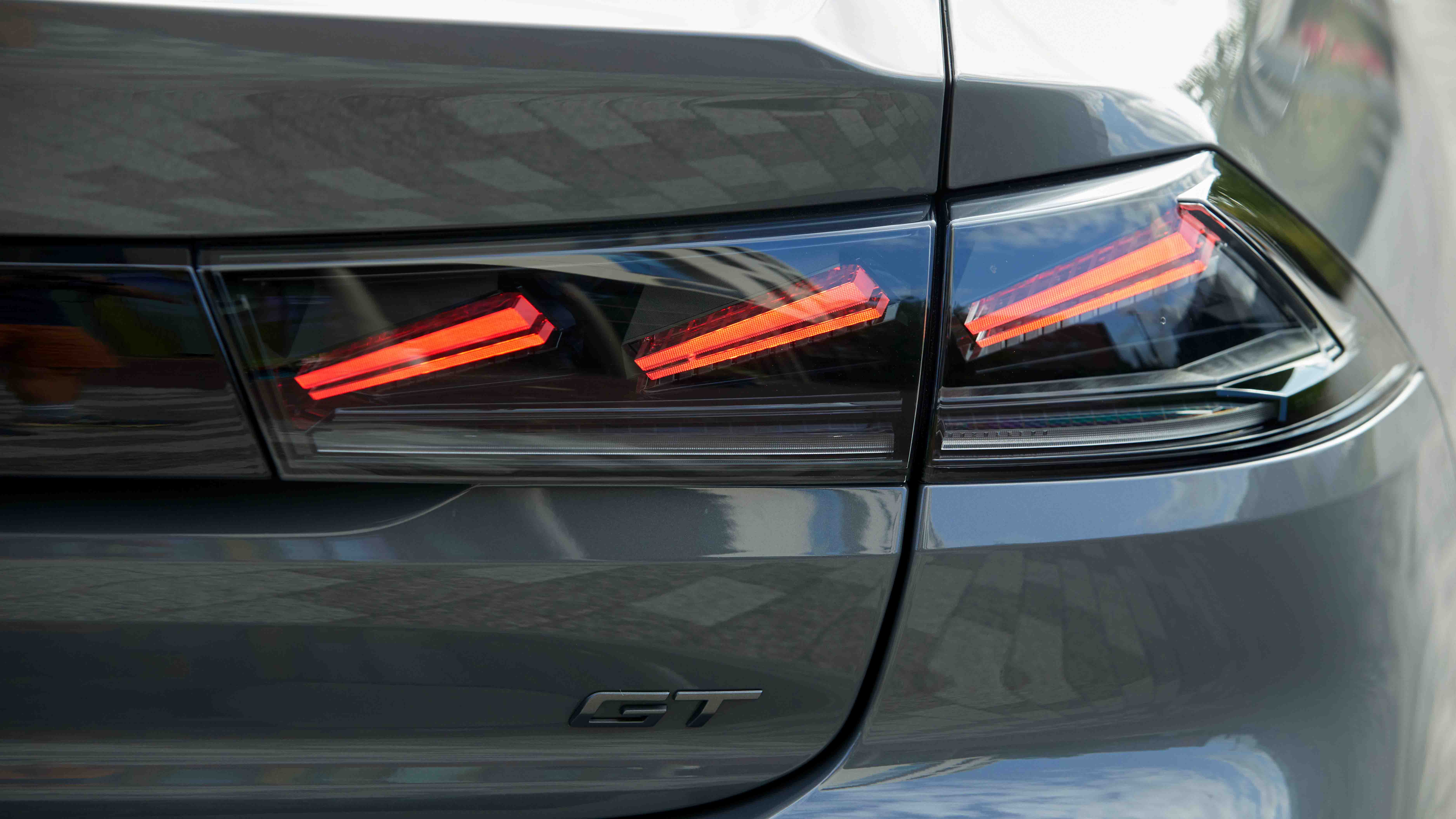
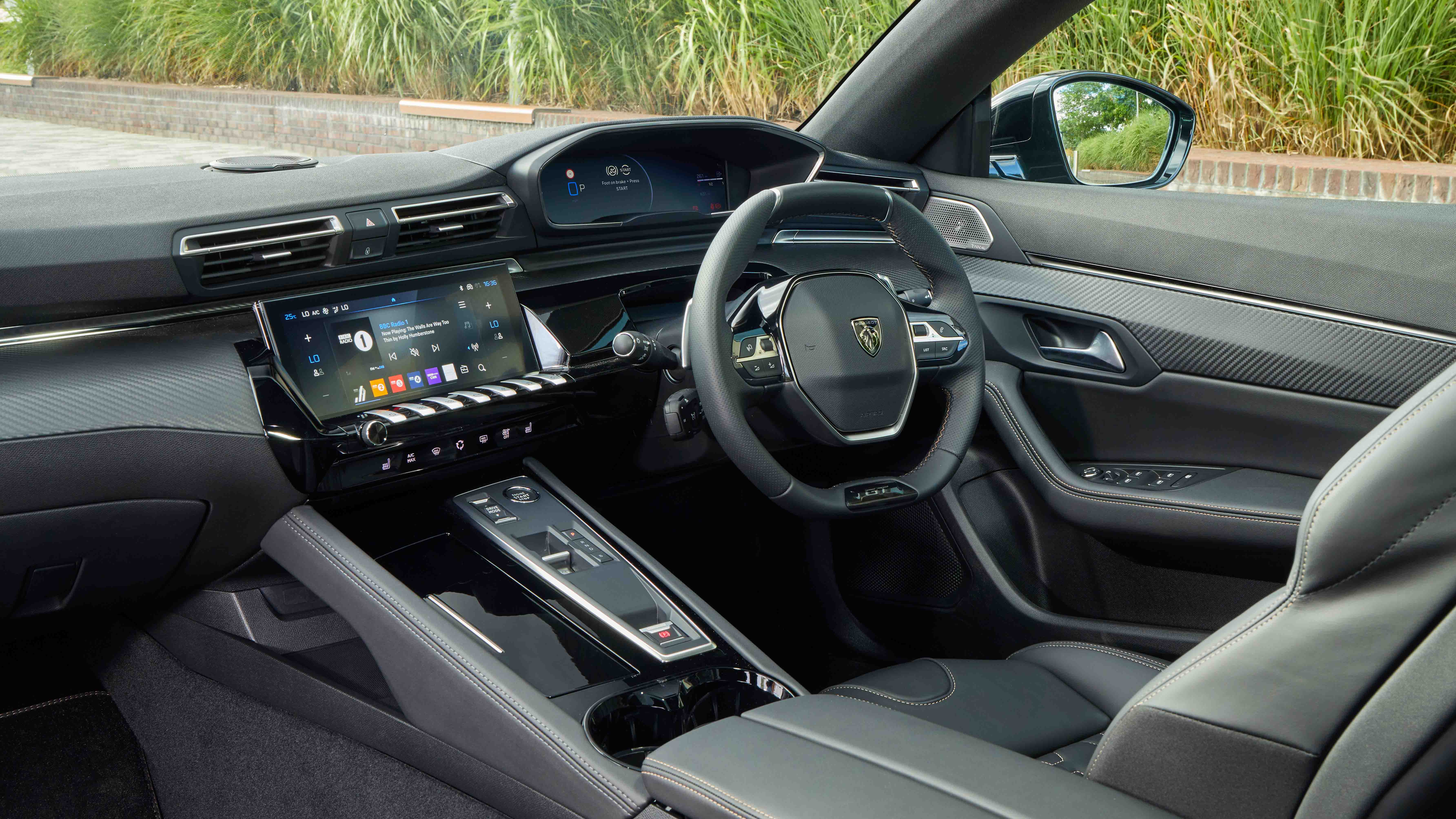




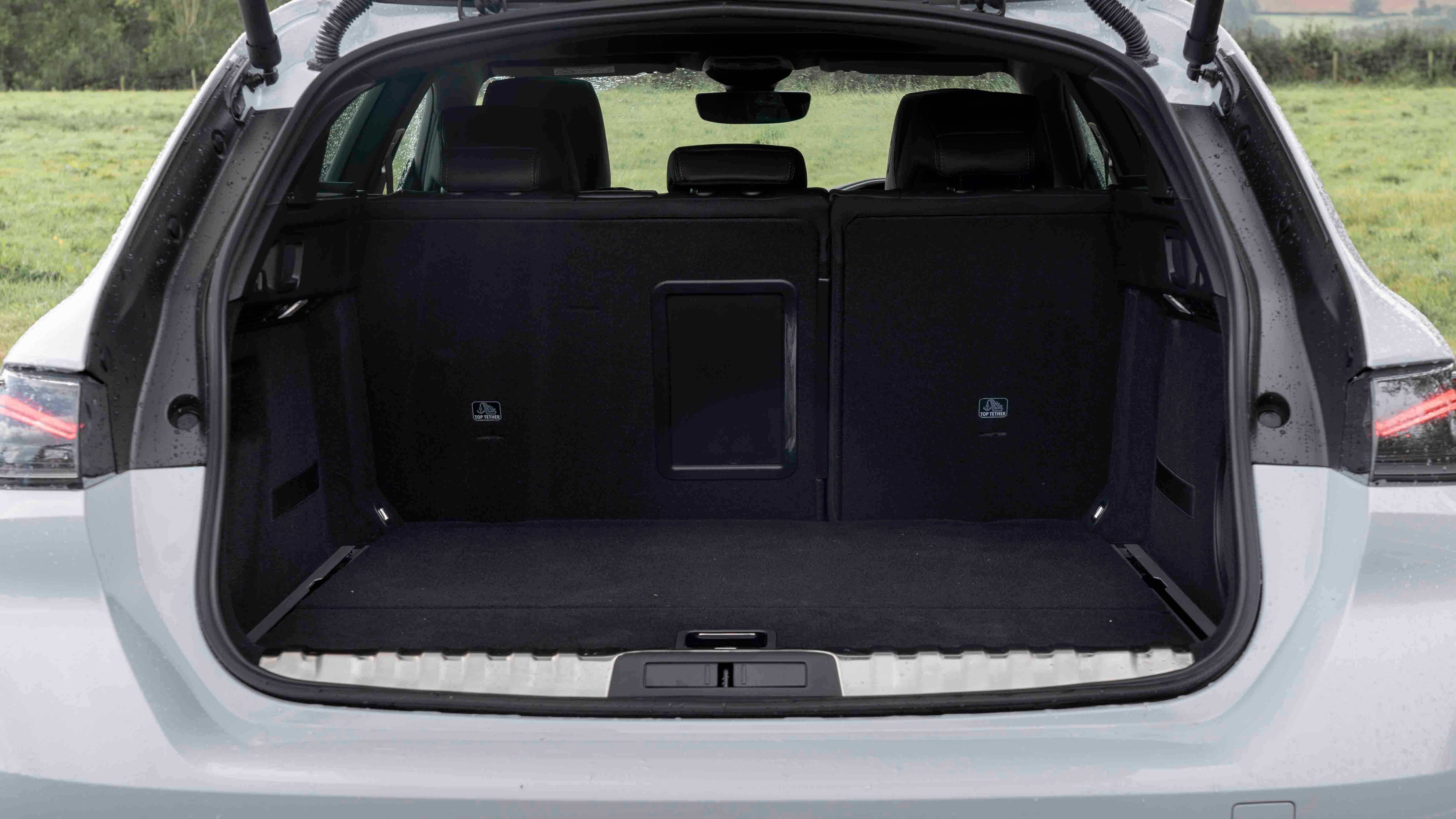
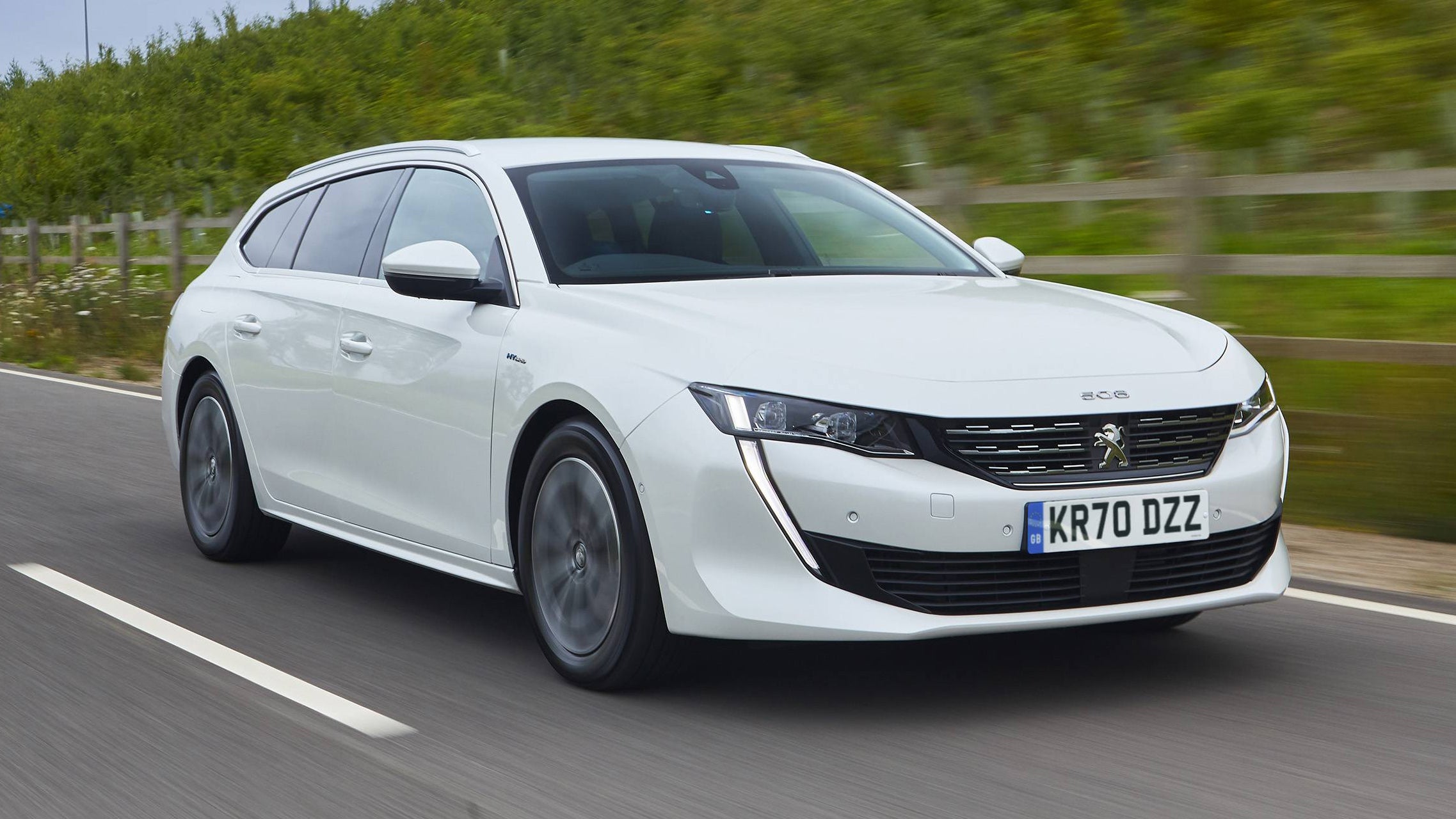



Peugeot 508 Review

If you like the way the Peugeot 508 looks, chances are you’ll be happy with how it drives and its interior.
But practicality is merely average and it’s nowhere near as sporty as its rakish looks suggest.
- Snug cockpit-like cabin
- Quiet at speed
- Much cheaper than premium alternatives
- Not much rear-seat space
- Some vague controls
- Touchscreen in earlier cars could be quicker
Should I buy a Peugeot 508?
Traditional large family cars aren’t anywhere near as popular as they once were, but the Peugeot 508 soldiers on while rivals such as the Vauxhall Insignia and Ford Mondeo have fallen by the wayside.
The 508’s magnifique styling certainly helps its case, and makes Peugeot’s effort instantly more desirable than those cars. You’re more likely to cross-shop the 508 with posh executive saloons like the BMW 3 Series, Mercedes C-Class and Audi A4, but that’s where the 508 looks less convincing.
Just like other recent Peugeot interiors, the quality of the materials used inside is great – a big step up from previous Peugeots and mainstream competitors. It’s just that the more premium rivals are a step up again, and are more spacious for rear-seat passengers, too.

Where the 508 shines is value for money – for under £250 per month on PCP finance, you can get behind the wheel of a top-spec car and enjoy a serious amount of equipment. And those eye-catching feline looks.
The 508 was facelifted in 2023, getting a more intricate front-end design that ties in with Peugeot’s latest models. We’ve included pictures of facelift and pre-facelift models in our gallery above.
Interior and technology
Open the 508’s pillarless doors and you’ll sink into a low, snug driving position. The dashboard wraps around you like a cockpit, and the result is that driving the 508 feels like you’re in a sporty coupe.
First impressions are good – like the outside, the cabin has the design wow factor. The touchscreen sits low – it’s within easy reach of the similarly low steering wheel – and there are some cool piano key buttons for major functions beneath. You look over the steering wheel at the slick digital dials, further emphasising the low driving position.

The touchscreen includes all the must-have phone connectivity, including Apple CarPlay and Android Auto, as well as built-in sat nav, some voice recognition ability and DAB radio. You also have to use the screen to change the climate control, which can get a little fiddly, and some of the less frequently used menus can be bafflingly hard to find when you want them. Poke the screen and you might want a slightly quicker response from the touchscreen, but it’s certainly not the worst system around. Facelifted cars from 2023 onwards get an improved screen.
Entry-level Active versions of the 508 have dual-zone air conditioning, lane-keep assist, rear parking sensors, 17-inch alloy wheels and auto lights and wipers. Step up to the Allure trim level and keyless entry, ambient lighting, rear USBs, a reversing camera and extra driver assistance tech get added to the roster. GT-badged cars make the most of the car’s styling, with the biggest wheels, tinted windows and full LED headlights.
Practicality
The 508’s sleek shape might add plenty to its visual appeal, but practicality takes a hit as a result. Rear legroom is generous – as you’d hope for a car measuring nearly 4.8 metres long – but the sloping roofline cuts into headroom. If your rear-seat passenger is getting on for six-foot-tall, they’ll have to slouch to avoid brushing their hair on the headliner. There’s not enough space for anyone taller than that. Similarly, three adults will be more comfortable sitting across the back bench in a 3 Series or A4.

The 508 SW estate is a bit better for headroom, as its roofline doesn’t cut down to the brake lights. But rivals will still be easier to get into and get comfy in. We also found that putting child seats into the 508 was a bit trickier than its closest rivals – there’s not much room for a bulky car seat and the Isofix points are hidden away behind fiddly zips.
Pull up the 508’s surprisingly heavy tailgate and a 487-litre boot is unveiled. That’s a really good size on paper, although the long-yet-slim shape of the boot will make it tricky to load some bulky items. We should mention that saloons like the 3 Series suffer from the same problem, but the 508 benefits from a hatchback tailgate that includes the rear window – rather than a saloon bootlid that feels like you’re posting luggage through a letterbox. There are a couple of hooks and tiedowns, and space for a spare wheel on petrol cars. The estate version of the 508 gets a 530-litre boot – some way off the Skoda Octavia Estate’s 640-litre cavern.

Up front, the Peugeot’s tall centre console hides a wireless phone charging tray, which could be used to stash valuables out of sight, and there are a couple of useful small storage areas dotted around. It’s frustrating that, like many French cars, the glovebox is half as wide as you’d expect it to be, limiting its useability.
Engines and performance
A lot of 508s come with a 1.2-litre PureTech petrol engine. Don’t worry about it sounding very small for a large car – it’s turbocharged to produce 130hp and offers responsive acceleration and a reasonable turn of pace. Certainly plenty to get up to motorway speeds quickly, if you need to. This engine should also return an MPG figure in the mid-40s, making it fairly cheap to run for most drivers.
If you’re romping up and down the motorway a lot, the 130hp 1.5-litre BlueHDi diesel engine might be more suitable. It provides a good amount of low-down shove, making it feel a little quicker than you might expect, and will return somewhere in the region of 55mpg. Diesel cars need occasional AdBlue topups and semi-regular longer journeys to prevent future problems with the diesel particulate filter (DPF).

You might occasionally come across 1.6-litre petrols and 2.0-litre diesels on the used market, which are more powerful but usually slightly less economical than the smaller engines. Most buyers will be happy with the 130hp engines but these bigger engines are worth checking out if you want a bit more speed.
The speed queen in the lineup is the awkwardly named Peugeot 508 Peugeot Sport Engineered (the 508 PSE from now on). Combining a petrol engine and electric motor for a total output of 360hp, the 508 PSE sprints from 0-62mph in just 5.2 seconds – and can cover 25 miles on eco-friendly electric power. The 508 PSE stands out with gorgeous sporty styling and flashes of acid green, but it’s a rare beast on UK roads – few buyers can justify spending £55,000 on a Peugeot.
Luckily, there’s a way to get a 508 plug-in hybrid without spending so much. There’s a less powerful PHEV engine available on the standard trim levels, and this is a great option if you do a lot of town driving or want to dip your toe into driving an electric car with the backup of a petrol engine. Expect up to 35 miles from a full battery. The 508 PHEVs get a small underboot storage area that’s ideal for stashing away the charging cable.
Driving and comfort
The 508 strikes a good balance between comfort and sportiness, without really excelling at either. It’s alright to drive, it doesn’t misbehave but it’s not particularly fun either.

The small steering wheel is light and twirly, making the big 508 surprisingly manoeuvrable at low speeds – although the flipside is that at higher speeds you might need to make a few more minute corrections than you might want to. There’s a little bit of vagueness on either side of the dead ahead, but it won’t bother many drivers.
Both the 1.2 petrol and the 1.6 hybrid’s petrol engine sound a bit gruff and grumbly under heavy load, but at speed the 508 does settle down and refinement is good. We noticed a bit of wind noise around the mirrors but that’s probably because the other ambient noises are kept at bay.
The sporty 508 PSE feels noticeably different to drive, courtesy of trick adaptive suspension that can flick between three levels of firmness. It doesn’t lean as much in corners as the regular 508, and the whopping 380mm Alcon brakes at all four corners mean it can stop on a dime. It’s also quick, but you have to be in the sportiest driving mode with a full battery to get the strongest acceleration, and in most situations it’s front-wheel drive, with power going to the rears only when the fronts start to slip. It’s still not an exciting car to drive quickly, and with a flat battery you’ll struggle to see 27mpg – we even saw 22mpg on a town run.


